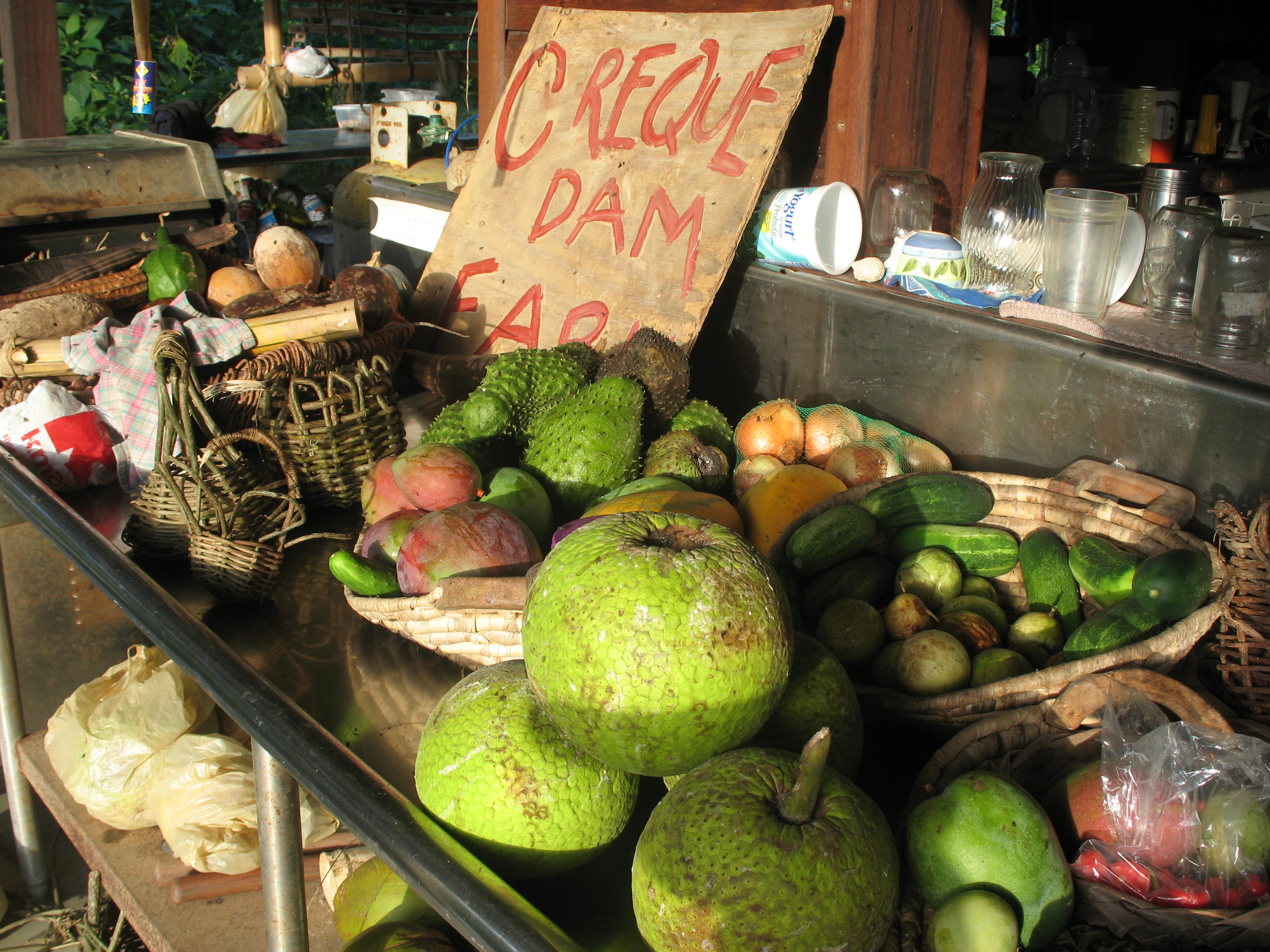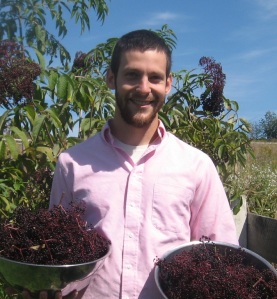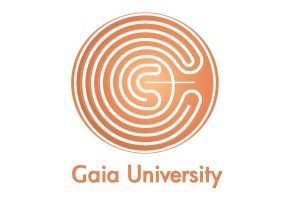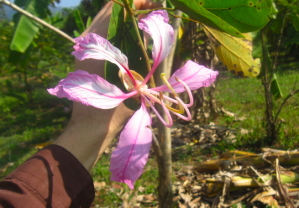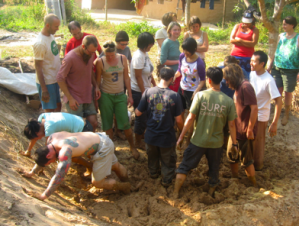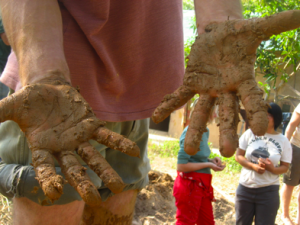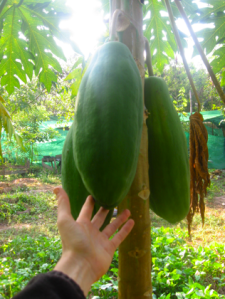Permaculture Seeds Sprouting on St. Croix

Birds eye view of the Virgin Island Sustainable Farm Institute. Thanks to Google Earth - download the place file here.
St. Croix, a 6 x 20 mile island in the Caribbean, is exploding with positive action. Led by the Virgin Island Sustainable Farm Institute, locally grown food and ecological agriculture are seeding in with island people and travelers across the island. Now, in collaboration with AppleSeed Permaculture and Gaia University, the US Virgin Islands are being innoculated with the empowering principles and processes of permaculture design.
The Virgin Island Sustainable Farm Institute (VISFI) is a 7-year old working farm and educational center designed with permaculture principles. The founder and executive director Ben Jones of VISFI reports, “The seed of inspiration for VISFI was born from the permaculture movement – and 7 years into the development of our farm institute, we are nurturing our first regional permaculture students. We are happy to come full circle with the vision of sustainable design, using scholarships to bring in the local community to learn with North American participants in a lush tropical farm paradise.”
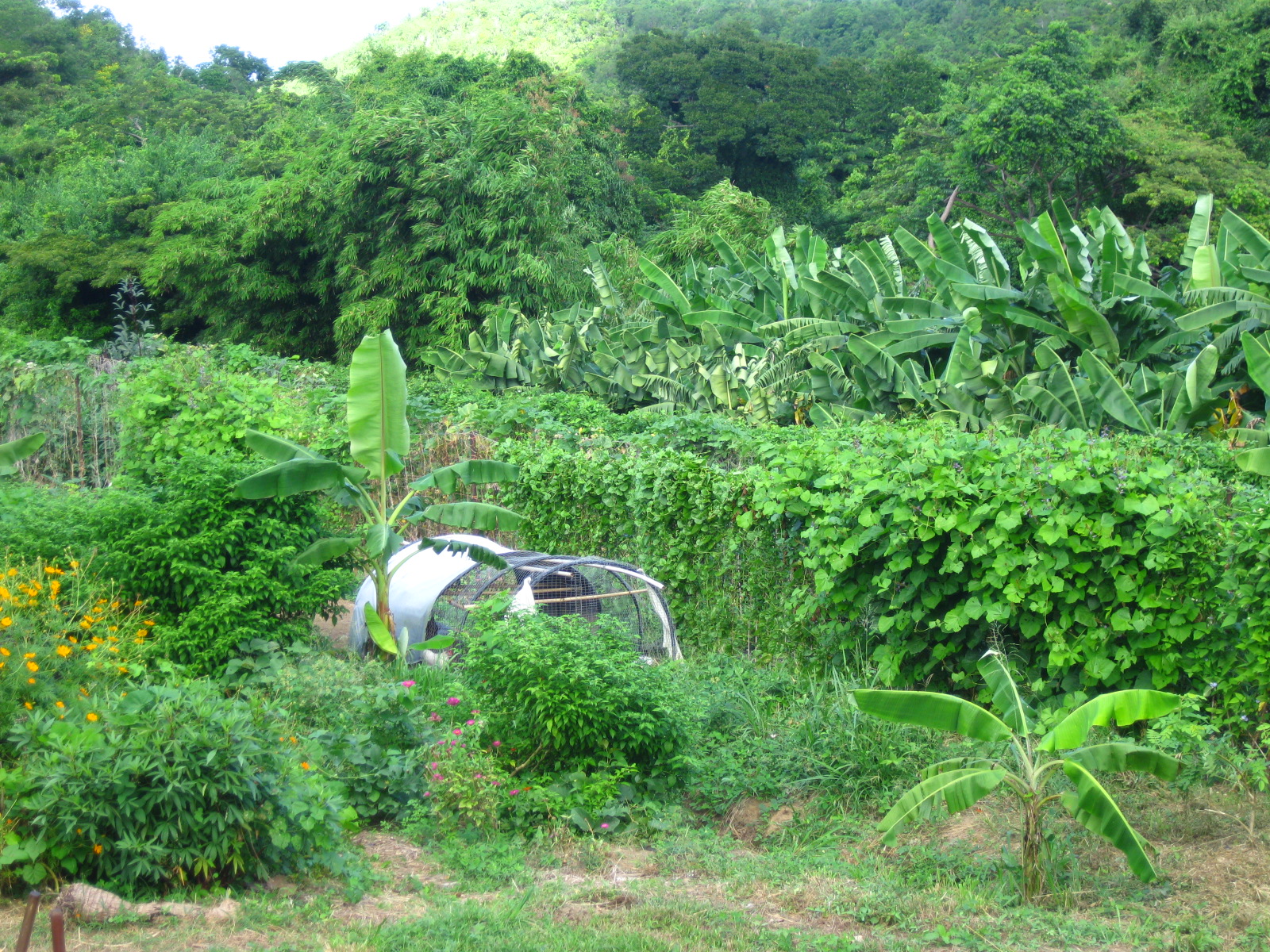
Chicken tractor in tropical vegetable & forest garden
“This course marks an awakening of the permaculture movement into the Virgin Islands, and we’re really happy to be working with neighbours, former students, musicians, activist, farmers, and hope they leave our living campus full of new ideas to spread the fine ideals of permaculture around the wold.” The course also includes a true diversity of participants: from a St. Croix conscious-reggae artist to a Certified Public Accountant from Pennsylvania, from a new Gaia University associate to a northeastern United States market gardener, and from an international agricultural development consultant to a Puerto-rican indigenous Jibara woman.

Participants from St. Croix, Puerto Rico, and mainland United States.
Collaboration
The lead teachers of this first-ever Virgin Islands permaculture design course are Ethan Roland of AppleSeed Permaculture and Dyami Nason-Regan of Starberry Farms. They connected with Ben Jones through the transformative action-learning degree pathways of Gaia University, and share his vision of global abundance through their permaculture design and teaching work. After training with Geoff Lawton of the Permaculture Research Institute in 2005, Ethan started AppleSeed Permaculture to spread permaculture through professional consulting and teaching work throughout northeastern North America and around the world – Ethan has since taught permaculture in Menominee, Thailand, Azerbaijan, Kazakhstan, and beyond.

Participants preparing for an 18-day hot compost.
Working with the VISFI staff and the deep permaculture design process developed by Dave Jacke (www.edibleforestgardens.com), the teaching team delivers the standard 72-hour permaculture design course as a complete immersion in permaculture design and action. Participants are mentored through a full 2-week permaculture design process, including standard hands-on activities (compost-making, food forestry, gardening, natural building) and learning in a diversity of living classrooms.
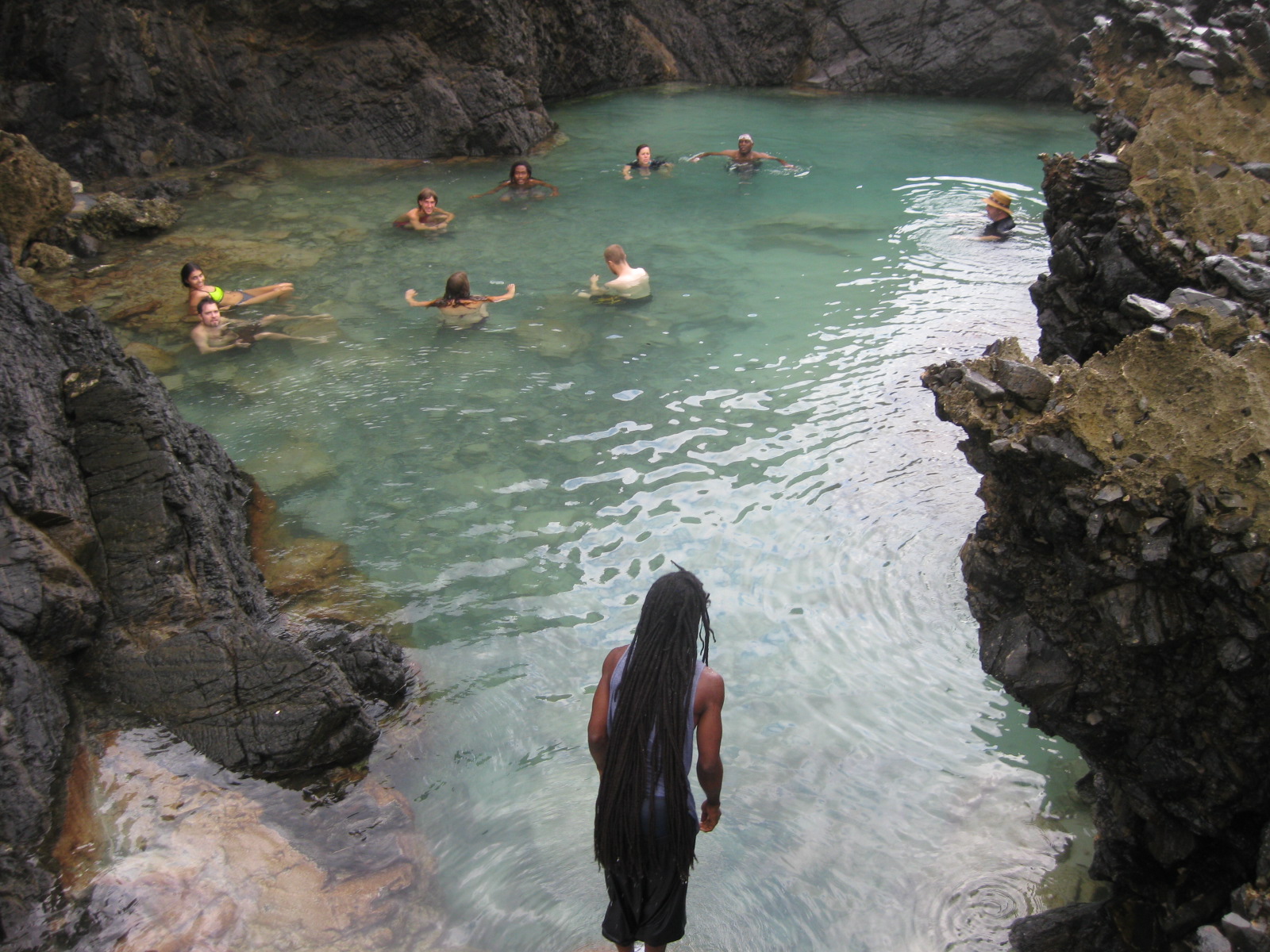
Permaculture pattern understanding: Edge class in the tidal pools.
The mission of the Virgin Islands Sustainable Farm Institute is to provide a working educational farm enterprise that integrates sustainability in education, environment, and community through quality instruction in Agroecology and related fields.
VISFI
…combines experiential learning, outdoor lecture, field laboratories, personal and group research projects, leadership development, and local environmental awareness into a comprehensive educational experience.

Participants present design site analysis drawings in the field.
…encourages personal growth, self-awareness, and community development in each student relationship with agriculture and the environment. We promote healthy agriculture through intelligent, sustainable farm design coupled with environmentally conscious practices and principles.
…seeks to forge an economically productive link between the organic revolution and modern agriculture systems. It is our aspiration that family and community based agricultural enterprises will prove sustainable for generations to come.

Harvest from the VISFI Farm - sugar apples, papaya, passionfruit, limes...
…staff, through years of academic study and disciplined agricultural experience, have developed a progressive curriculum that encompasses Sustainable Agribusiness, Tropical Organic Farming, Tropical Agroforestry, Permaculture Design, Cultural Mentoring, and Agritourism. A synergistic approach to agricultural learning will produce students with the skills and knowledge to survive in a modern world as small and medium-sized farm entrepreneurs.
VISFI sets the benchmark in advanced experiential education with our agroecological curriculum. Our program is essential in today’s increasingly environmentally aware society. VISFI is confident that our blend of talented staff, natural farming practices, unique location, and progressive curriculum will help mold and create tomorrows farmers and agricultural leaders.
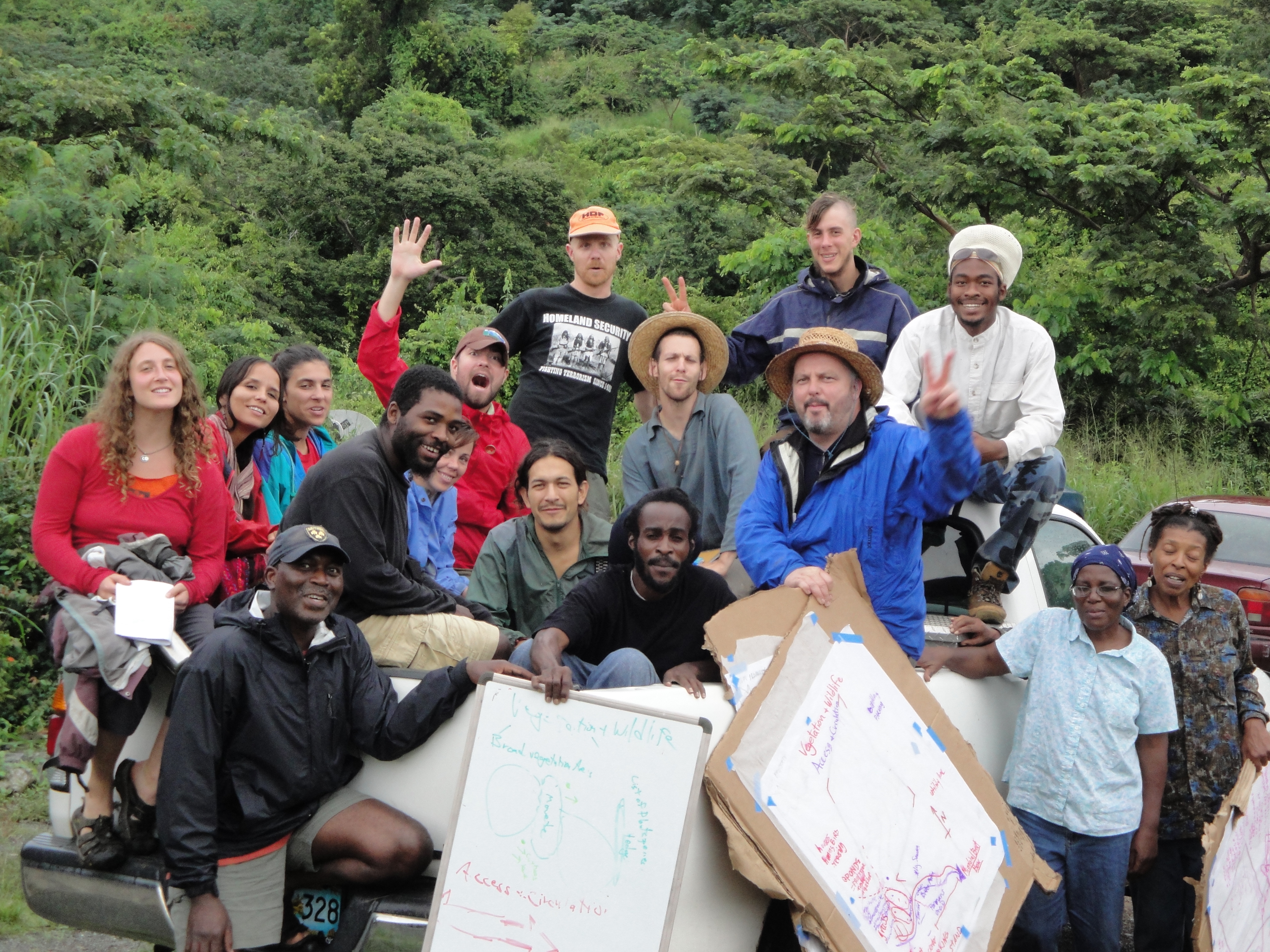
Project teams returning from an afternoon of design work.
In collaboration with Gaia University, VISFI is working to create a global network of small farm and educational farm campuses to facilitate the sharing of information, ideas, and sustainable agriculture and resource management technologies. Gaia University will host its first orientation in Integrative Eco-Social Design at VISFI in December 2009, kicking off programs for its accredited Bachelors, Masters and post-Graduate degrees.
Even though we’re only a week into the course, it’s clear that the teachings of permaculture are spreading on the island. Local participants have brought their friends and family to visit the VISFI, taking home seeds and cuttings from the vast array of fruits, nuts, and perennial vegetables on the farm. They carry with them the priniciples and ideas of permaculture, to plant and nurture in their own communities.
The long-term effects of Permaculture Design Courses are always difficult to predict. But here on St. Croix, an island with a painful history of slavery and devastating agriculture, the practices of permaculture are already beginning to heal the ecological and social landscape.

Permaculture: meeting human needs and increasing ecosystem health.
May our work in the world continue to create abundance, joy, and positive action for these uncertain and quickly-changing times.
To learn more:


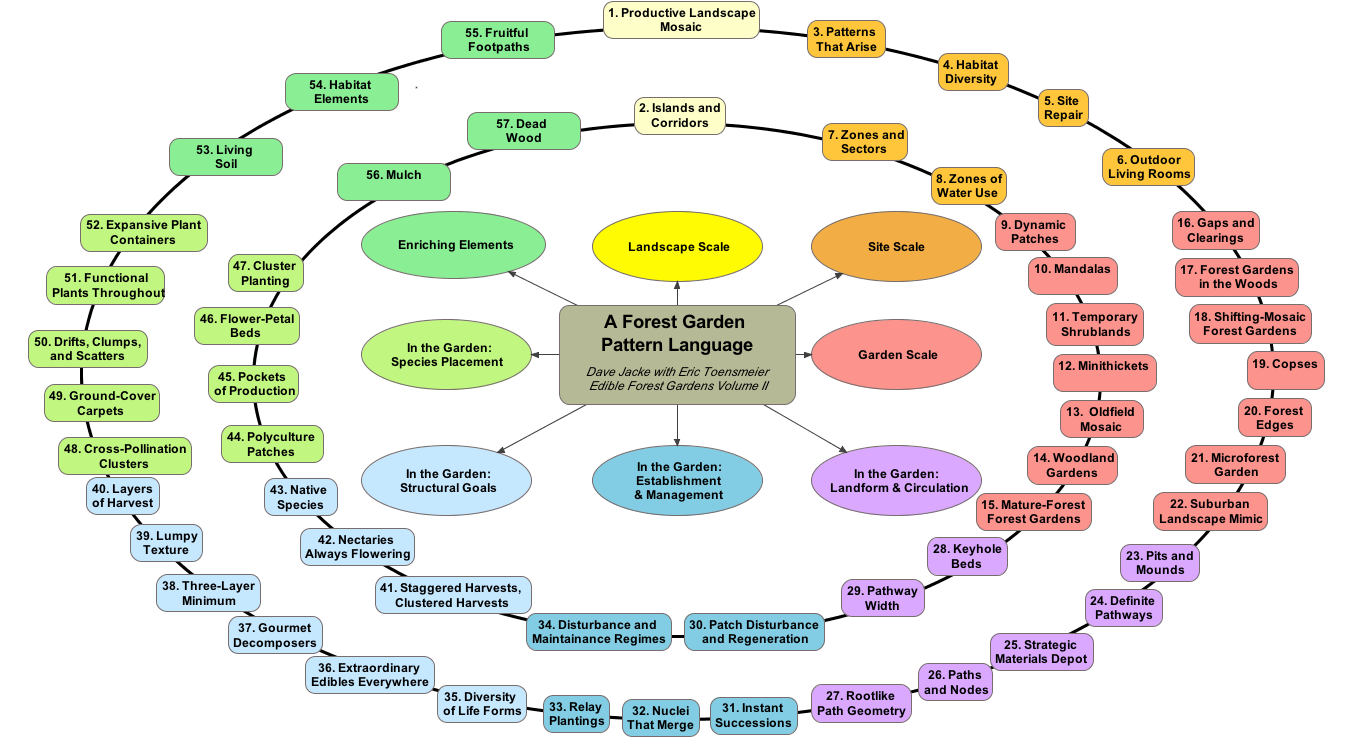


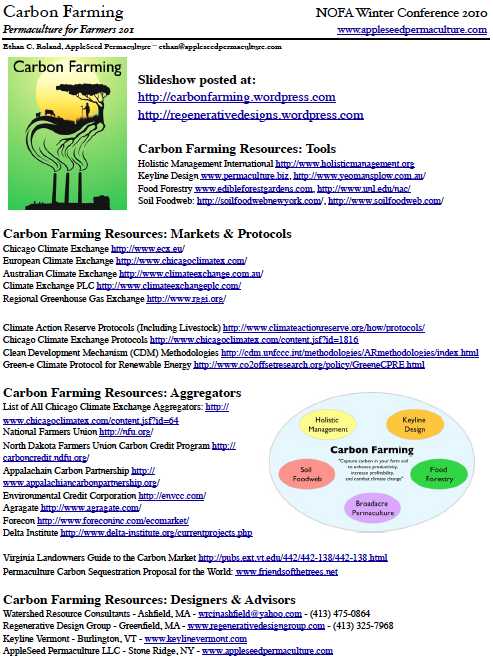



 Gabriel Vieira –
Gabriel Vieira – 